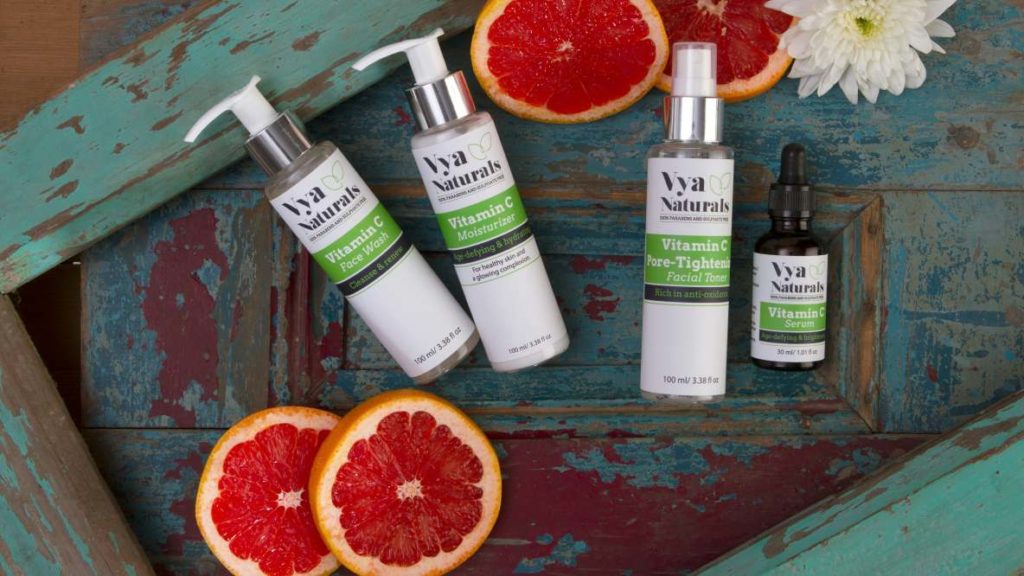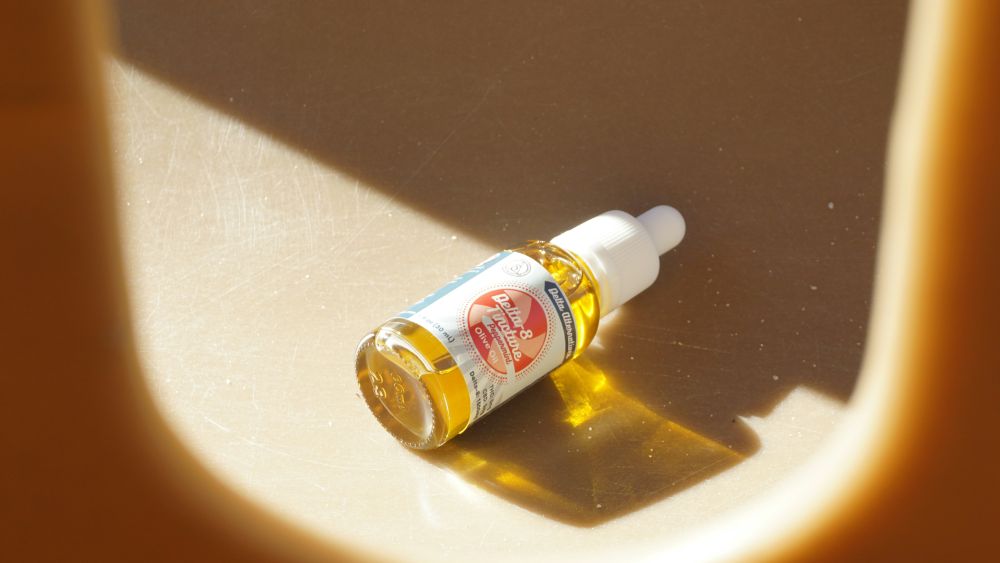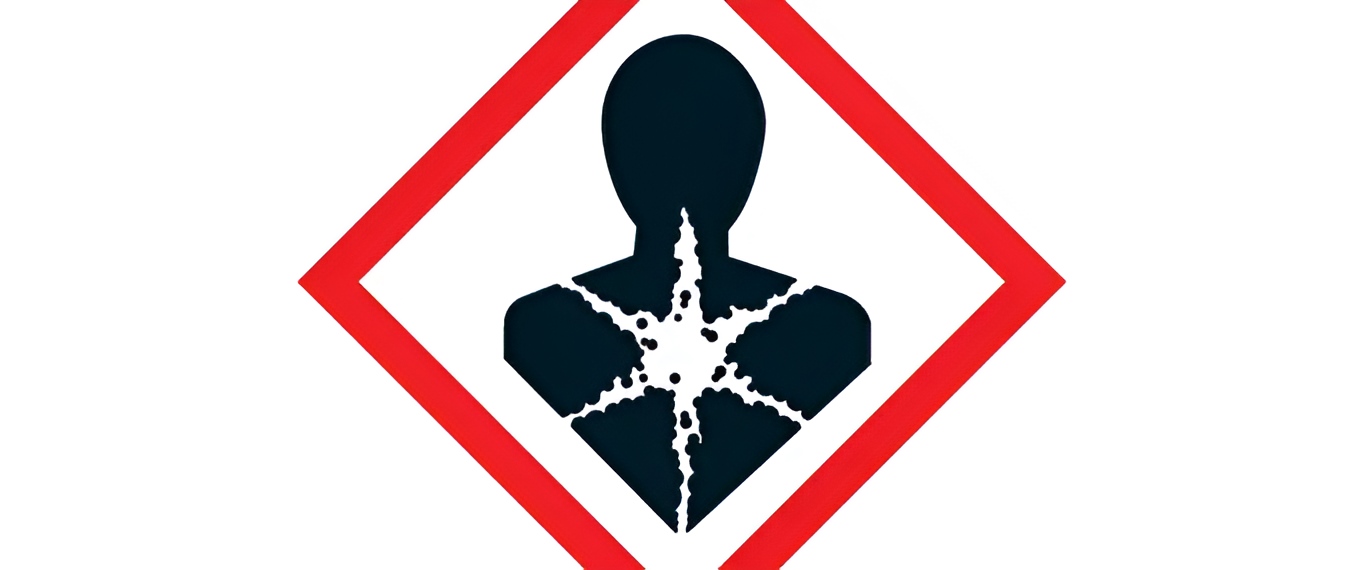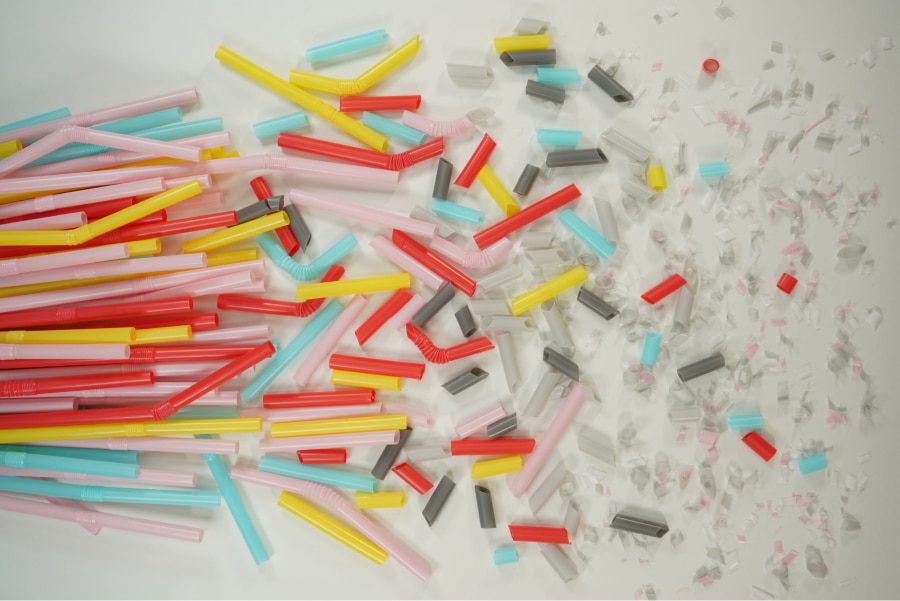The European cosmetics market is constantly evolving, driven by an increasing demand for products that are both effective and safe, often featuring active ingredients of natural or biotechnological origin.
Trending cosmetic ingredients such as Centella asiatica (INCI: Centella Asiatica Extract), Vitamin C (INCI: Ascorbic Acid), Rice Oil (INCI: Oryza Sativa Bran Oil), Tsubaki Oil (INCI: Camellia Japonica Seed Oil), Collagen (INCI: Hydrolysed Collagen), Madecassoside (INCI: Madecassoside), PDRN (INCI: Polydeoxyribonucleotide), Noni Extract (INCI: Morinda Citrifolia Fruit Extract) and Soybean Extract (INCI: Glycine Soja (Soybean) Seed Extract) have become central to cosmetic innovation.
The use of these active ingredients is regulated by Regulation (EC) No. 1223/2009, which ensures the safety of cosmetic products for consumers, and by Regulation (EU) No. 655/2013, which governs the proper use of advertising claims.
Centella Asiatica and Madecassoside: Soothing and Skin Repair
INCI: Centella Asiatica Extract, Madecassoside
Centella asiatica is rich in active triterpenes such as madecassoside, asiaticoside, madecassic acid and asiatic acid. Madecassoside in particular stimulates collagen synthesis and helps reduce inflammatory processes, making it especially beneficial for sensitive or damaged skin.
These ingredients are considered safe at typical cosmetic concentrations, usually between 0.5% and 2%. The Cosmetic Ingredient Review (CIR) has confirmed their safety, and they are not listed in Annex II (banned substances) or Annex III (restricted substances) of Regulation (EC) No. 1223/2009. They are also not included in the European Chemicals Agency (ECHA) Community Rolling Action Plan (CoRAP).
Vitamin C: Antioxidant and Lightening Effects

INCI: Ascorbic Acid, Sodium Ascorbyl Phosphate, Magnesium Ascorbyl Phosphate, Ascorbyl Glucoside
Vitamin C is one of the most effective active ingredients for counteracting oxidative stress and stimulating collagen production. It improves skin tone, enhances radiance and helps reduce discolouration. The stability and skin penetration vary depending on the chemical form.
All of the forms listed above are considered safe for cosmetic use. The Cosmetic Ingredient Review (CIR) has evaluated ascorbic acid as safe at concentrations of up to 20%. No significant side effects have been reported, apart from mild irritation at high concentrations or in individuals with sensitive skin.
Rice: Natural Nourishment for Skin and Hair
INCI: Oryza Sativa (Rice) Bran Oil, Oryza Sativa (Rice) Extract, Oryza Sativa (Rice) Starch
Derived from rice, these ingredients are rich in starch, vitamin E, phytosterols and gamma-oryzanol. They improve the skin barrier, soothe irritation and provide gentle antioxidant protection.
There is no evidence of toxicity for rice extracts. According to the INCI Dictionary and the CosIng database, they are classified as safe ingredients and permitted without restrictions.
Tsubaki: Anti-ageing Oil from the Japanese Tradition

INCI: Camellia Japonica Seed Oil
This oil, particularly rich in oleic acid, has emollient, moisturising and anti-ageing properties. It helps improve skin elasticity and strengthens hair. It is also valued for its ability to prevent transepidermal water loss (TEWL).
It is not subject to any restrictions under Regulation (EC) No. 1223/2009, and its safety is well documented. However, it is essential that the oil is properly purified and not oxidised to avoid irritative effects.
Collagen: Enhancing Support for the Skin Structure
INCI: Hydrolyzed Collagen, Soluble Collagen
Hydrolysed collagen is widely used in serums, creams and masks for its film-forming and moisturising properties. Although it does not penetrate deeply, it improves skin texture and provides firmness.
Collagen does not present toxicological risks when used in hydrolysed form. The CIR has confirmed its safety, while Regulation (EU) No. 655/2013 prohibits claims that suggest the applied collagen can “replace” the body’s natural collagen.
PDRN: Marine DNA for Skin Regeneration
INCI: Polydeoxyribonucleotide
A biotech ingredient derived from fish (most commonly salmon), PDRN is known to stimulate skin regeneration and promote fibroblast proliferation. It is used in premium cosmetics aimed at mature or damaged skin.
Although not officially evaluated by the Scientific Committee on Consumer Safety (SCCS) or the CIR, clinical studies in aesthetic medicine have demonstrated its tolerability.
In cosmetics, its safety depends on the purity of the raw material and accurate labelling, in order to avoid regulatory encroachments, such as claims or uses more appropriate for medicinal products.
Noni: Tropical Antioxidant
INCI: Morinda Citrifolia Fruit Extract
This tropical fruit contains polyphenols, vitamins and organic acids. It has revitalising, anti-ageing and brightening properties and is often used in energising or detox formulations.
The CIR has not identified significant toxicological risks. The extract is not subject to regulatory restrictions and is not listed by the ECHA or the SCCS.
Soy: Phytoestrogens for Mature Skin

INCI: Glycine Soja (Soybean) Seed Extract, Glycine Soja Oil
Soy extract is rich in isoflavones, which stimulate collagen production, improve skin elasticity and help counteract age-related hormonal changes. Soybean oil also has excellent emollient and nourishing properties.
Despite the presence of phytoestrogens, the CIR has confirmed that soy is safe for topical use. Regulation (EU) No. 655/2013, however, requires that claims must not suggest systemic pharmacological effects; for example, it is incorrect to refer to a “hormonal effect” on the label.
Cosmetic Claims: Rules on What Can and Cannot be Said
Regulation (EU) 655/2013 establishes six fundamental criteria for cosmetic claims:
- Regulatory compliance
- Truthfulness
- Evidence
- Honesty
- Correctness
- Informed consumer decision
In the context of the cosmetic ingredients discussed, it is crucial to avoid misleading claims.
For example, stating that Centella “heals scars” or that PDRN “regenerates DNA” is contrary to the principles of Regulation. 655/2013. Acceptable alternatives would be to state that Centella “helps improve the appearance of scars” or that PDRN “promotes skin regeneration”.
Toxicity and Safety Assessment
Each cosmetic ingredient is subjected to a thorough safety assessment, according to Annex I of Reg. 1223/2009. The documentation must include:
- Origin and purity of the substance
- Toxicological data (acute toxicity, irritation, sensitization, mutagenesis, carcinogenicity)
- Concentration in the finished product
- Area and frequency of use
Overseeing the safe use of cosmetic ingredients are bodies such as CIR, SCCS and ECHA, with its CoRAP programme, which identifies and controls substances of concern. None of the cosmetic ingredients covered in this article are currently under observation or classified as hazardous for cosmetic use.
Conclusion: Cosmetic Ingredients Safety and European Regulation
The use of active ingredients such as Centella asiatica, Vitamin C, PDRN or Noni Extract is perfectly compatible with European cosmetic regulations, provided that product safety and accurate consumer communication are ensured.
European manufacturers are required to guarantee the protection of human health, and thanks to the robust regulatory framework of Regulation (EC) No. 1223/2009, cosmetics legally marketed in the EU that contain these active ingredients can be considered safe and reliable.
Do you have any doubts about the cosmetic ingredients safety in your formulation? Contact us, and we will be happy to assist you with the evaluation.



